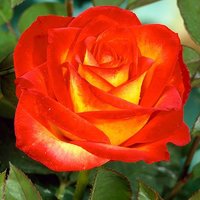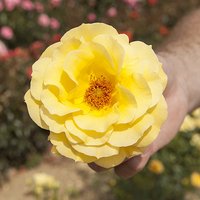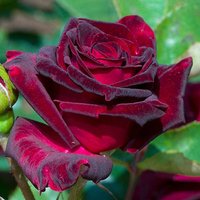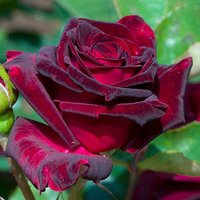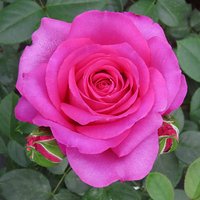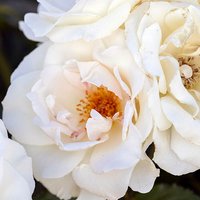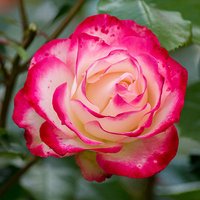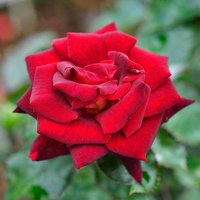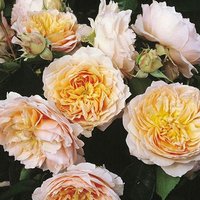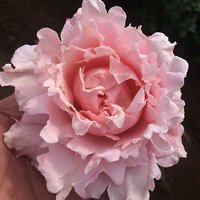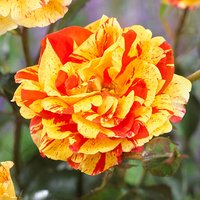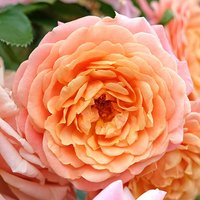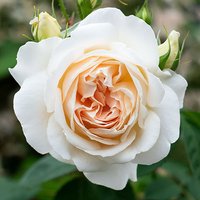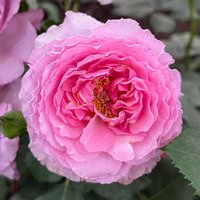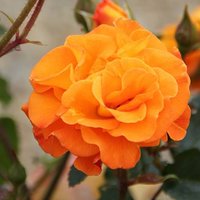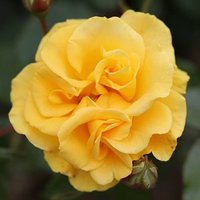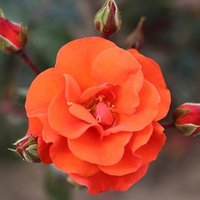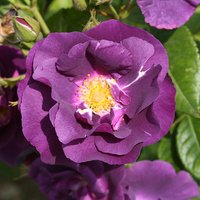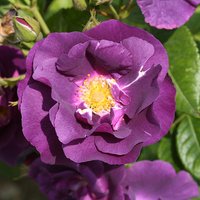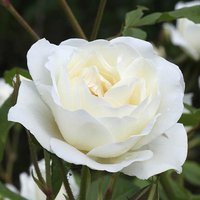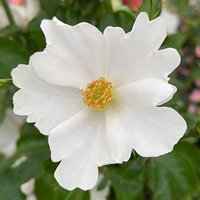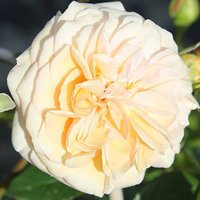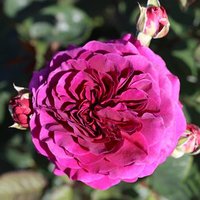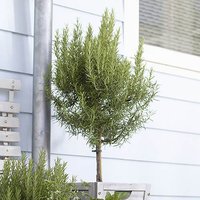Plant and Seed Shop
Garden Roses - Plants for Sale
Plants and seeds to buy online, the availability of many plants is seasonal
Roses are the plant group that have probably received the most attention and had the most words written about them than other kind of plant. So it is with some trepidation that I approach the task of a short summary that includes all the important stuff.
Roses are flowering shrubs. They are usually unfussy, but prefer deep moderately fertile well drained soil and a position in full sun. They are not so fussy about sun or shade, but will produce the most and best flowers in full sun, they will survive in shade, but it's a waste to try them here as they will be leggy, unlovely of habit and unable to produce many flowers.
Roses are available in white through pink to reds and some purple shades, there are also yellows and oranges. Black roses are a myth (they are dark purple) as are blue roses (bluey-purple really).
There are a many, many different varieties of rose and groups of roses, if you are interested, there is a huge literature on the subject, but for most people who want beautiful blooms in their garden with the minimum of fuss, there is not a lot that you really need to know, though we should start with:
Types of roses:
Climbers - Do just what they say they will. Most have backward pointing thorns to stop them from slipping down and extra long stems that will extend them up and over head height. Climbing roses don't cling, they need supports and tying in to begin with before the stems become woody enough to maintain their position on their own. Climbers try to go on ever upwards, but flower on horizontal shoots, so tie in the shoots to encourage flowering.
Shrub roses - Usually quite large plants to 4-6 feet tall, though can be half this size. Amongst the most trouble free of all roses, many are continual flowering and fit well into mixed planting schemes, may also be used as hedges or specimen plants. Disease resistant.
Floribunda - An abundance of flowers, do they live up their name? In the main, yes, smallish (comparatively) flowers is the pay-off, similar to shrub roses, but sometimes quite a bit smaller, 2-3 feet and not repeat flowering. Disease resistant.
Grandiflora - Cluster flowered roses like floribundas, but with larger blooms. Less disease resistant but more so than hybrid tea roses.
Hybrid Tea Roses - These are large flowered repeat flowering roses that are the most disease prone of all rose types, they are also some of the most loved (not by me) and commonly offered rose varieties. The blooms really can be very lovely (diplomatic silence follows).
Rose Cultivation
Once roses are well established after 2-3 years, they can be left to their own devices. They are usually drought resistant as a result of shiny water retaining leaves and the unfair advantage of a huge woody root system that out-competes anything they're close to.
They appreciate a mulch of organic material at least once a year and a feed of slow release fertiliser such as blood, fish and bonemeal or Gromore in the autumn.
Some types are particularly vulnerable to blackspot (such as hybrid teas). Blackspot is a disease that manifests itself as guess what? - that's right, black spots on the leaves, which then fall off shortly afterwards. This leads to rather sparse looking plants with few leaves and a lack of vigor due to the inability to photosynthesize fully. The degree to which a plant is affected depends on the variety and situation. It may be possible to spray for blackspot and remove the problem, but some varieties in some situations will have it forever and it is best to call it a day and replace the plant.
Rose sickness - This is something that affects the rose plant and also the soil in which it is growing. After many years of growing roses in the same place, they may inexplicably wilt and die without it being apparent that any particular ailment has befallen them. Further more, on planting any additional roses in the same place, they will also develop the same symptoms and expire.
The only solution is not to grow roses there and grow them somewhere else instead. Other plant varieties may be grown in that place without effect - though I'd stay away from other members of the family Roseacaea just in case.
Other ailments - Prone to attack by aphids particularly in early summer on the developing flower buds, keep an eye out, rub the first attack off with your fingers (wipe on the grass afterwards before eating your sandwiches) and then attack the second lot with the organic or chemical cosh of your choice.
Powdery mildew can also be a problem, spray with the chemical of your choice on sight as it's unlikely to go away of its own volition.
Pruning
Roses should have spent flowers removed as the petals fall off, the only exceptions are Rosa rugosa varieties as they flower like crazy and develop large red hips that the birds love to pull apart for their seeds in late summer and autumn.
Otherwise reduce to about 2/3rds of their size in late autumn. Diseased and dead wood should be removed as seen.
Copyright 2000 - present. All Rights Reserved | Privacy Policy Statement





